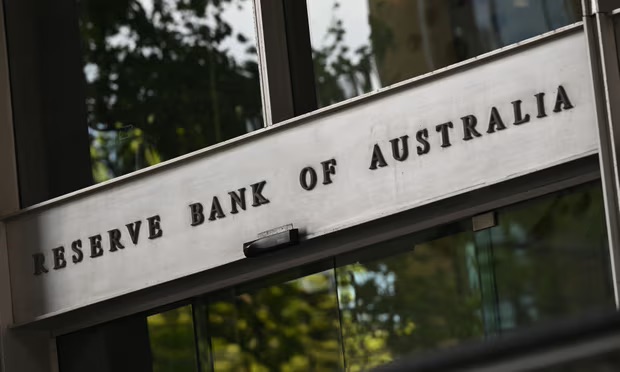
In a move closely aligned with global central banking trends, the Reserve Bank of Australia (RBA) has opted to keep its cash rate steady at a 12-year peak of 4.35%. This decision underscores a cautious but vigilant approach towards the nation’s economic recovery and inflation control. RBA Governor Michele Bullock, in her first press conference post-rate decision, reaffirmed the bank’s readiness to further tighten monetary policy if necessary, highlighting the persistent challenge of high inflation.
Market Response and Economic Implications
The announcement led to immediate reactions in the financial markets, with the Australian dollar strengthening and bond yields nudging upwards. This market behavior reflects a broader reassessment of the RBA’s monetary policy trajectory, especially in comparison to its global counterparts like the Federal Reserve and the Bank of England, which are signaling more imminent policy easing.
Governor Bullock’s emphasis on inflation being “too high” echoes a global central banking theme of prioritizing inflation control over short-term economic relief. This stance, although tough on heavily indebted households, especially mortgage holders, signals a long-term strategy aimed at securing economic stability and sustainable growth.
Global and Domestic Economic Dynamics
The RBA’s hawkish position also sheds light on Australia’s unique economic landscape, including its delayed inflationary pressures and relatively resilient labor market. Despite global economic headwinds and domestic challenges, such as potential increases in unemployment and the impact of ongoing geopolitical tensions, the RBA’s policy direction suggests a careful balancing act between fostering economic growth and maintaining inflation targets.
Comparatively, the RBA’s cautious approach to policy easing contrasts with more aggressive monetary tightening seen in other economies. This divergence not only highlights the unique inflationary and economic dynamics at play in Australia but also positions the RBA on a different timeline for policy adjustments relative to other major central banks.
Future Policy Directions
While the immediate future remains uncertain, with traders adjusting expectations for rate cuts to later in the year, the RBA’s communication hints at a data-driven, flexible approach to future decisions. This adaptability, crucial in navigating the unpredictable terrain of post-pandemic recovery, underscores the importance of forthcoming economic indicators in shaping the RBA’s policy moves.
According to Bloomberg Economics, the evolving economic landscape, characterized by moderating inflation and a solid labor market, could prompt the RBA to pivot towards rate cuts as early as May. This analysis suggests that while the RBA’s current stance is firm, evolving economic conditions could lead to a softer policy approach in the near term.
A Broader Economic Outlook
Australia’s economic resilience, reflected in its labor market and the broader economy’s ability to absorb higher borrowing costs, suggests no rush to transition towards easing. However, the RBA’s strategies will likely continue to evolve in response to both domestic economic performance and global financial conditions.
As Australia and the global community navigate the complexities of inflation management, economic growth, and monetary policy normalization, the RBA’s actions will remain a focal point for both domestic and international observers. The central bank’s ability to steer Australia’s economy through these turbulent times will be critical in achieving a balanced and sustainable economic future.
Featured image credit: Dean Lewins via AAP
